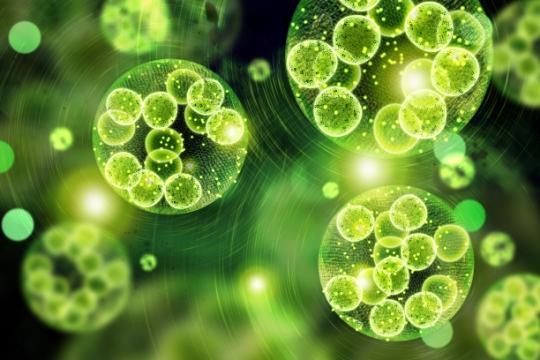Carbon Capture
Carbon capture, utilization and storage is the key technology that captures CO2 and converts it into other products (or stored) to recycle carbon. However, carbon capture technology is still in its early stages of development, so issues such as high cost, high energy consumption, and the additional carbon emissions from process are still being resolved.


FPC collaborated with academic institutions such as National Cheng Kung University, Southern Taiwan University of Science and Technology, and Industrial Technology Research Institute, and submitted an application for the "Flue Gas CO2 Capturing and Utilization Technology R&D Project" to the Department of Industrial Technology, Ministry of Economic Affairs. FPC Renwu co-generation power plant was used for verification. The project captures CO2 in flue gas and uses an innovative process technology to convert CO2 into alkanes. The pilot plant began its trial run in December 2021 and completed site verification in June 2022.
FPC Flue Gas CO2 Capturing and Utilization Pilot Plant Flowchart


CO2 generated in the production process of Nan Ya Plastics Corporation's Mailiao EG plant is captured and provided to downstream manufacturers to produce acetic acid and liquid CO2. This practice currently reduces carbon emissions by 100 thousand tons a year. We have made plans to expand the capacity of producing electronics grade and industrial grade liquid CO2, which will further reduce carbon emissions by 280 thousand tons a year.

CO2 recycling and reuse of Nan Ya Plastics Corporation's Mailiao EG plant

FPCC continues to evaluate various CCS technologies
FPCC continues to actively evaluate various CCS technologies, and contacts companies with such technologies to find cooperation opportunities. It continues to evaluate the feasibility of carbon storage and works towards the goal of achieving carbon neutrality by 2050.


Microalgae carbon capture technology of Formosa Smart Energy Tech Corp.
Microalgae refers to 1-10μm unicellular algae, and is widely distributed in seawater, freshwater, or moist soil. It is rich with protein, minerals, vitamins, and special trace elements, such as astaxanthin and lutein. It is rich with nutrients and can be used for many purposes. Using microalgae to capture CO2 and transform it into oxygen through photosynthesis is 20 times more efficient than plants on land. Each kg of microalgae can consume about 2 kg of CO2. Formosa Smart Energy Tech Corp. began working with Department of Chemical Engineering, NCKU, who is the authority on microalgae in Taiwan, in 2022, and used microalgae technology to capture CO2 generated by factories, further developing agricultural materials and co-generation and treatment plant wastewater applications.




